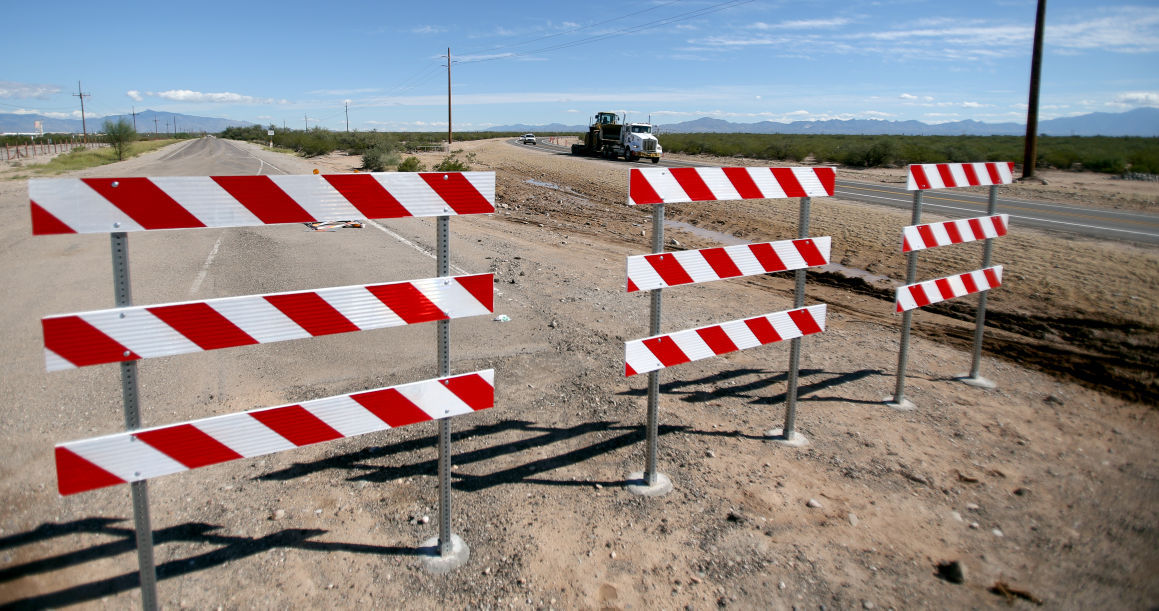A major highway plan for Southern Arizona could be on track to receive federal funding.
“This is a huge win for us that we were able to get this included as a high-priority corridor,” Rep. Martha McSally said last week.
McSally was referring to the proposed Sonoran Corridor, a highway that would connect interstates 10 and 19 south of Tucson International Airport.
McSally, along with the entire Arizona congressional delegation, managed to get the corridor included on the Surface Transportation Reauthorization and Reform Act of 2015, which is the federal government’s national highway funding bill.
While the bill has not yet traveled the entire legislative process, inclusion of the Sonoran Corridor makes the proposed highway eligible for federal funding.
McSally said the corridor project was listed among the “high-priority” projects on the bill, a distinction that could increase the chances for federal funding.
The amount of money needed or available for the entire 16-mile highway has not been determined. Pima County officials have estimated the total cost could be hundreds of millions of dollars.
The county has included $30 million in proposed funding on the November bond election for the first section of the corridor, to run west from I-10 at Rita Road to the recently completed Aerospace Parkway.
The county has been working with Raytheon Missile Systems for nearly a decade to move the roadway, formerly the Hughes Access Road, about a half-mile south to allow for a larger southern buffer for the company and to possibly make room for an expansion.
Company officials had expressed concerns over the years with the volume of traffic on the road.
The Aerospace Parkway and Sonoran Corridor plan are both part of the county’s long-term economic development plan.
Areas south of the airport between the interstates are mostly free from development and lie at a confluence of air, land and rail transportation networks.
“Surface transportation infrastructure is critical to the success of Tucson International Airport and how the airport serves our region,” said David Hatfield, senior director of business development and marketing for the airport authority.
Hatfield said the Sonoran Corridor and Aerospace Parkway plans would help the airport and the developable properties around it to become economic-development drivers.
“There is great potential for that area to be a hub for jobs for this entire region,” he said.
Regional leaders would like to attract more companies like HomeGoods, which has begun construction on a distribution center just east of TIA.
McSally said the Sonoran Corridor plan would also have important implications for international trade. “This is part of a trade corridor with Mexico,” she said.
In addition to hopes of capitalizing on defense and aerospace business, regional governments have proposed that the areas around the airport could become a hub of shipping and logistics.
McSally said the Arizona delegation also included an expansion plan for SR-189 in Nogales in the transportation bill. The proposed expansion would increase the capacity of the state route from the Mariposa Port of Entry to I-19.
Another proposal would include I-19 in the National Highway Freight Network, enabling future funding for expansions and improvements.
The proposed I-11 system, which would run from Las Vegas through Phoenix and connect with I-19 south of Tucson, was also included on the bill as a high-priority project.






